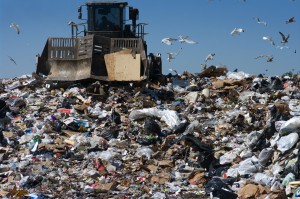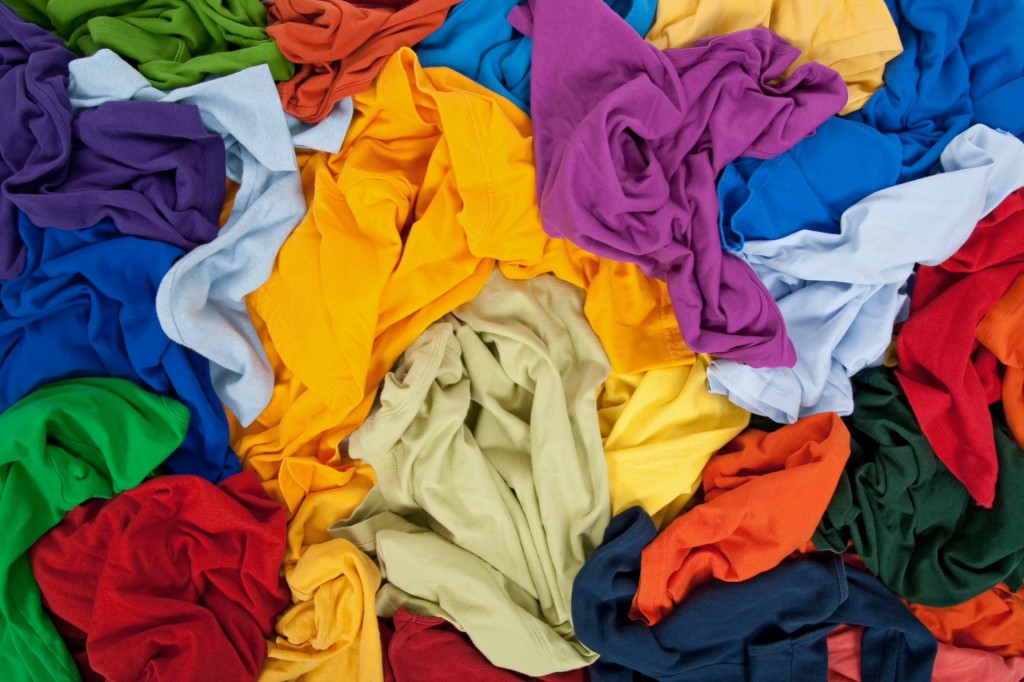Clothing and textile recycling is the method of reusing or repurposing used clothing or textiles instead throwing them in the landfills. Textile recycling has the potential to make an enormous environmental and economic impact. We recently interviewed Daniela Siggia, Director of Business Development at Textile Waste Diversion Inc. Textile Waste Diversion Inc. is a family owned and operated community-driven business that is setting a new standard in the textile recycling industry. Daniela shared her expertise and textile recycling process with us.
Tell us about Textile Waste Diversion Inc and their goals:
 Daniela at TWD: Textile Waste Diversion Inc. will divert approximately thirty million pounds of textiles and two million pounds of miscellaneous items from landfills in 2013 alone. Textile Waste Diversion is also embracing leading technology from countries that have banned textiles from landfills, hoping to add value to the industry to further empower local job creators such as manufacturing.
Daniela at TWD: Textile Waste Diversion Inc. will divert approximately thirty million pounds of textiles and two million pounds of miscellaneous items from landfills in 2013 alone. Textile Waste Diversion is also embracing leading technology from countries that have banned textiles from landfills, hoping to add value to the industry to further empower local job creators such as manufacturing.
How do you collect textiles to be recycled?
Daniela at TWD: Textile Waste Diversion Inc. provides logistic services to registered charities that fundraise through used clothing collections. We provide property managers and businesses with used clothing donation bins that are filled by members of their community.
What do you do with the textiles once they are collected?
 Daniela at TWD: Once collected, clothes are taken to a grading facility where they are sorted by type and quality. Once sorted they are sanitized and baled. Baling is very important, because it keeps the clothing free from infestations that can easily spread. It also keeps clothing organized and very easy to handle and transport.
Daniela at TWD: Once collected, clothes are taken to a grading facility where they are sorted by type and quality. Once sorted they are sanitized and baled. Baling is very important, because it keeps the clothing free from infestations that can easily spread. It also keeps clothing organized and very easy to handle and transport.
What happens once the textiles are processed and baled?
Daniela at TWD: Winter and larger sized clothing is popular locally. Developing nations that lack in domestic clothing supply infrastructure receive some of the heavier used summer clothing very affordably. Those proceeds then come back here where they help energize the local charities we service.
Why is textile recycling so important to the environment?
Daniela at TWD: Besides being a community driven way for charities to fundraise sustainably, textile recycling helps divert fabrics from overburdened landfills. Textiles do not easily decompose and release many toxins as they sit there. Natural fibres can develop mold that is highly flammable and self ignites. Its a shame to have textiles in a landfill considering 98% of textiles are recyclable.
Are there other benefits of textile recycling?
Daniela at TWD: Besides the positive environmental impact, textile recycling is part of the emerging green tech economy that promises to be a wonderful economic energizer. Industry experts estimate that for every 1000 tons of waste diverted from landfill, 7 full time and 15 indirect jobs are created. Used clothing donation bins also save municipalities money in dumping fees annually as well as generate income through licenses and tickets. OWMA & Recycling Council of Ontario are doing wonderful research on the positive economic potential of waste diversion.
Harmony Enterprises would like to extend a sincere “Thank You” to the staff at Textile Waste Diversion Inc. for participating in this post! We invite you to learn more about TWD on www.textilewastediversion.com, on Twitter at @twdinc, or their Facebook page!
If you are looking for a baler that for clothing and textile recycling, the M30STD, M60STD, S60XD (vertical balers), S60XDRC and T60XDRC (automatic balers) by Harmony Enterprises will get the job done. Contact us today via this web form or at (507) 886-6666 for more information or to get a quote.
